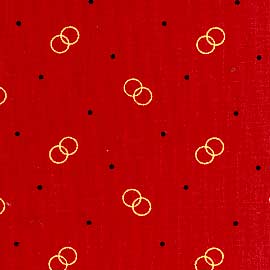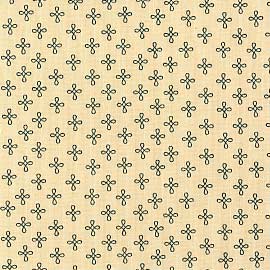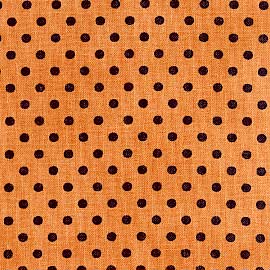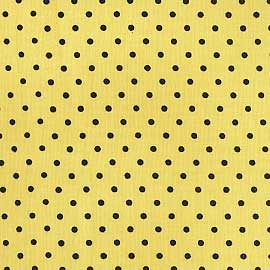-
Friends, our 2nd Amendment rights are always under attack and the NRA has been a constant for decades in helping fight that fight.
We have partnered with the NRA to offer you a discount on membership and Muzzleloading Forum gets a small percentage too of each membership, so you are supporting both the NRA and us.
Use this link to sign up please; https://membership.nra.org/recruiters/join/XR045103
You are using an out of date browser. It may not display this or other websites correctly.
You should upgrade or use an alternative browser.
You should upgrade or use an alternative browser.
Calico Question
- Thread starter m7bacon4
- Start date

Help Support Muzzleloading Forum:
This site may earn a commission from merchant affiliate
links, including eBay, Amazon, and others.
Most early calico is a heavier wave than modern fabric store calico.
Patterns on printed calico are a real can of worms.
This is a fairly good site, but the fabric weave is modern. http://www.reproductionfabrics.com/
Not bad:

Most early trade samples are simple figures on white, but others like this do show up:

This is probably OK

This is good:

And this:

There's a good Museum of the Fur Trade Quarterly article that shows photos of actual trade calico samples.
Patterns on printed calico are a real can of worms.
This is a fairly good site, but the fabric weave is modern. http://www.reproductionfabrics.com/
Not bad:

Most early trade samples are simple figures on white, but others like this do show up:

This is probably OK

This is good:

And this:

There's a good Museum of the Fur Trade Quarterly article that shows photos of actual trade calico samples.
Last edited by a moderator:
- Joined
- Feb 15, 2005
- Messages
- 215
- Reaction score
- 6
Were the examples patterns stamped on? Was told the patterns originally was stamped on fabric by hand. Thanks PeashooterJoe..
Yes, that's correct. The early ones were block printed or stamped. Later, when roller printing comes in, simpler patterns were still block printed, because it was cheaper.
The MOFTQ article shows red dogs heads stamped on white, and I think red or dark blue polka dots on white.
The MOFTQ article shows red dogs heads stamped on white, and I think red or dark blue polka dots on white.
GreyWhiskers
69 Cal.
What would have been made from calico - shirts, etc? GW
Walks Alone
45 Cal.
- Joined
- Nov 19, 2005
- Messages
- 923
- Reaction score
- 8
Another factor in the old fabrics is color availability, which helps date the fabric. IOW it is known what year some specific colors/shades (and patterns) first appeared on cotton fabrics in this country. Some of those color pigments held up over time and some didn't on 100% cotton fabrics. Some even caused the fabric itself to break down and deteriorate sooner than others.
The ex and I used to own a traditional quilting and antique store. So I had to learn alot about the old textiles in order to date and make buys for the store (antique quilts and fabrics) while on business trips all over the country for my own job.
The ex and I used to own a traditional quilting and antique store. So I had to learn alot about the old textiles in order to date and make buys for the store (antique quilts and fabrics) while on business trips all over the country for my own job.
Yes, color popularity and certain dyes can be grouped by era. That's true for patterns as well. The old iron based black dyes really rot cotton and silk.
"Double pink" is the best known color combo that fits into a date range. It is patterns in two shades of pink, and is typical of c. 1860-1880, although they existed before that, and are still made.
"Double pink" is the best known color combo that fits into a date range. It is patterns in two shades of pink, and is typical of c. 1860-1880, although they existed before that, and are still made.
kansas_volunteer
45 Cal.
Just Google history of dye and you will come up with some things that will help you determine PC colors for calico for a particular era, or at least hint at some.
Similar threads
- Replies
- 4
- Views
- 242



